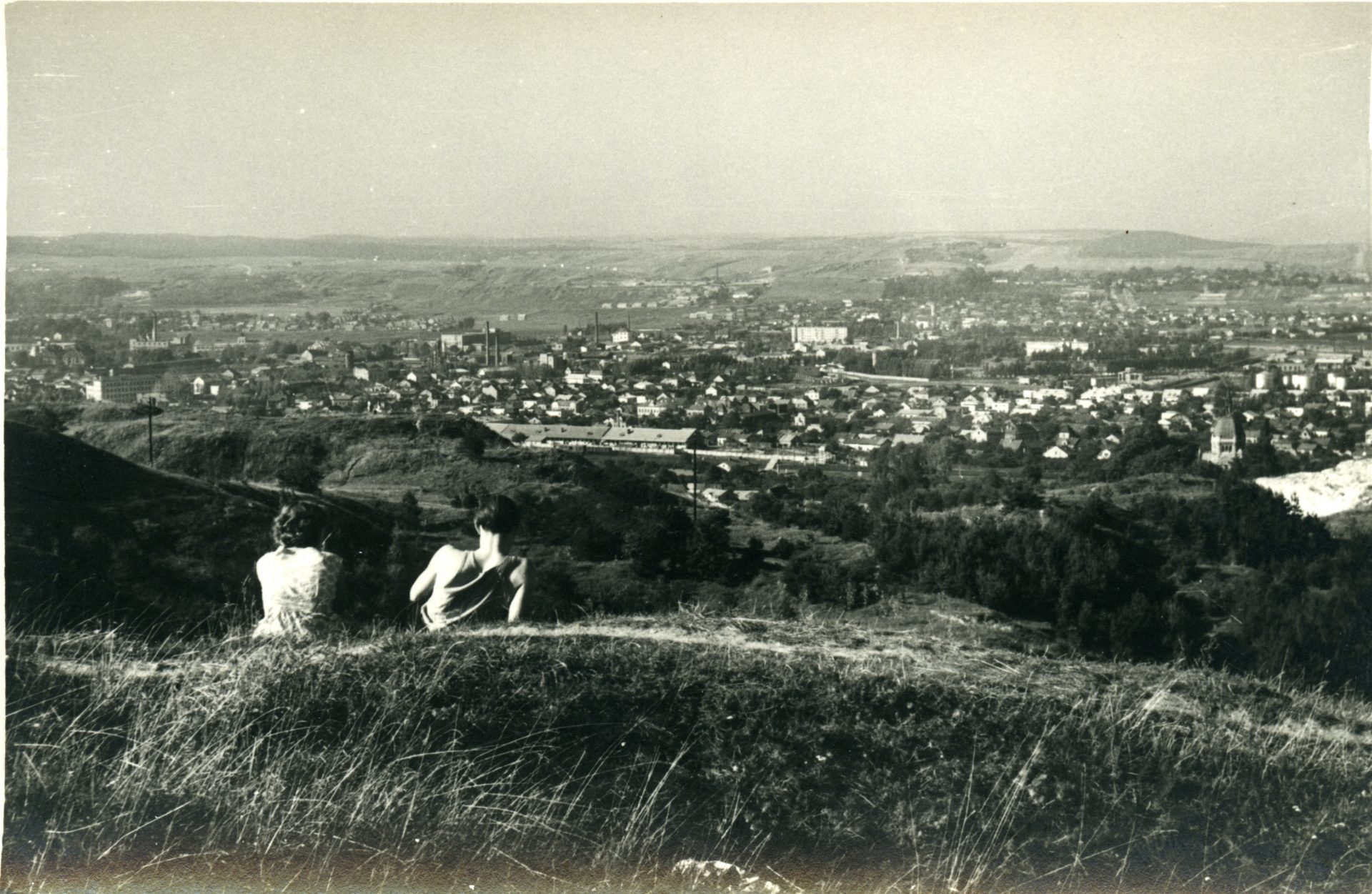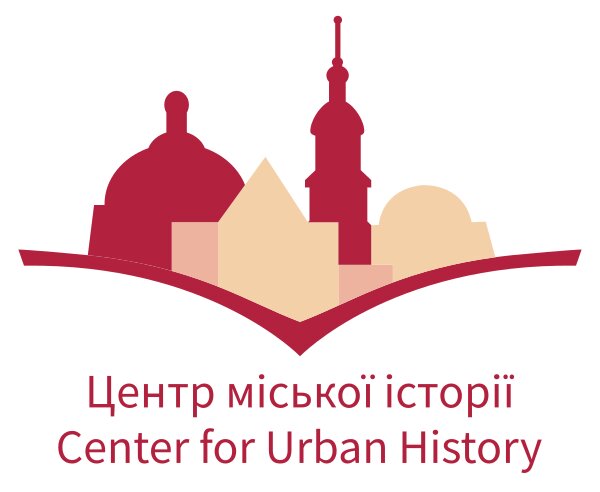Heritage for Reconstruction: Best Practices and Policies of Adaptive Heritage Reuse
October-February, 2022
Recently, a new project "Heritage for Reconstruction: Best Practices and Policies of Adaptive Heritage Reuse" was launched funded by the Stabilization Fund for Culture and Education 2022 of the German Federal Foreign Office and the Goethe-Institut.
Within the project, we are translating into Ukrainian an array of analytical texts on promoting the revitalization of historic buildings in the EU and Ukraine. Among the materials are examples of former factories, palaces, residential buildings, markets, residential areas, which once turned into centers of communities, creativity, new production and socially oriented businesses. These materials were developed by researchers and heritage management experts within the Open Heritage project during 2018-2022, and after translation will be published on reherit.org.ua.
The project is aimed at promotion of revitalization of cultural heritage through its functional use and reuse. The project’s ambition is to restructure the ways of thinking about heritage in Ukraine: from focus on conservation — to adaptive reuse, from a focus on material fabric — to heritage as a process of community building, from expert-led technical solutions — to stakeholders integration. Project leads to enhancement of participation in the international discussions on heritage and establishment of cooperations with practitioners engaged in successful cases of adaptive reuse. It is also a specific type of adaptive reuse which is promoted: this is community-led reuse with social goals which respects heritage values and ecological aspects.
Adaptive reuse should become a key to heritage-led postwar reconstruction of Ukraine which will empower local communities and their place of attachment, promote inclusion and diversity, and help to preserve people’s stories and experiences of the past as fundamental for future sustainable development.
We thank the Heritage Bureau and the Department of Historic Environment Protection of Lviv City Council for the partnership.
Credits
Cover Image: Panoramic view of Znesinnia, Lviv // Volodymyr Rumiantsev Collection // Urban Media Archive of the Center for Urban History


